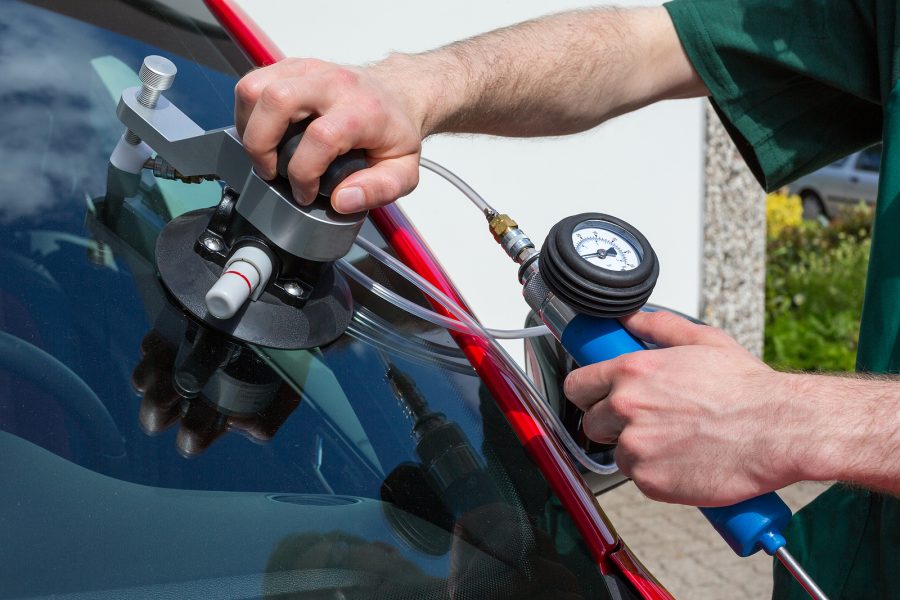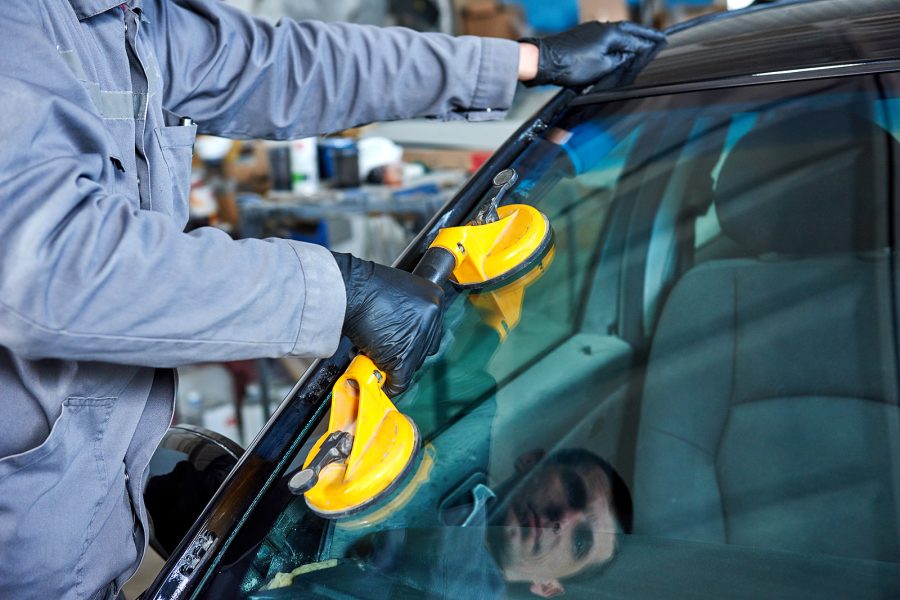One of the most important innovations that signalled a change from the first early era of car design to the more modern designs that put safety and efficiency was the development of the curved windscreen.
They were typically stronger than flat panes, increased fuel economy due to better aerodynamics and once they became the standard for automotive design in the late 1950s, allowed for affordable windscreen replacement services.
However, the first ever car to have a curved windscreen was amongst the most infamously poor-selling cars ever mind, becoming the definition of a vehicle that was ahead of its time.
The Chrysler Airflow was the first American car to put a focus on aerodynamics, inspired by the Streamline Moderne architectural movement. During a time of great economic strife, the idea was that this would not only be striking but save people money in the long run and be safer due to better handling.
Every element of the car was designed to cut through or shape the air around it as well as could be done with a 1930s understanding of aerodynamics, aided by the fact that it was made entirely from metal during a time when most cars were still made with wood structural frames.
This included the windscreen, with all windows being made of safety glass and two options from windscreen frames. By standard, the car used two flat safety glass panes in a split-v shape, but a curved windscreen was soon also made available on the Imperial Airflow model.
Unfortunately, it was too strong a step forward for American drivers and the car was an infamous failure, causing Chrysler to return to more conservative car designs.
However, outside of the USA, the design’s revolutionary aspects would prove to be highly influential, inspiring Volvo, Peugor and allegedly even the Volkswagen Beetle, although this has been the subject of intense debate.









